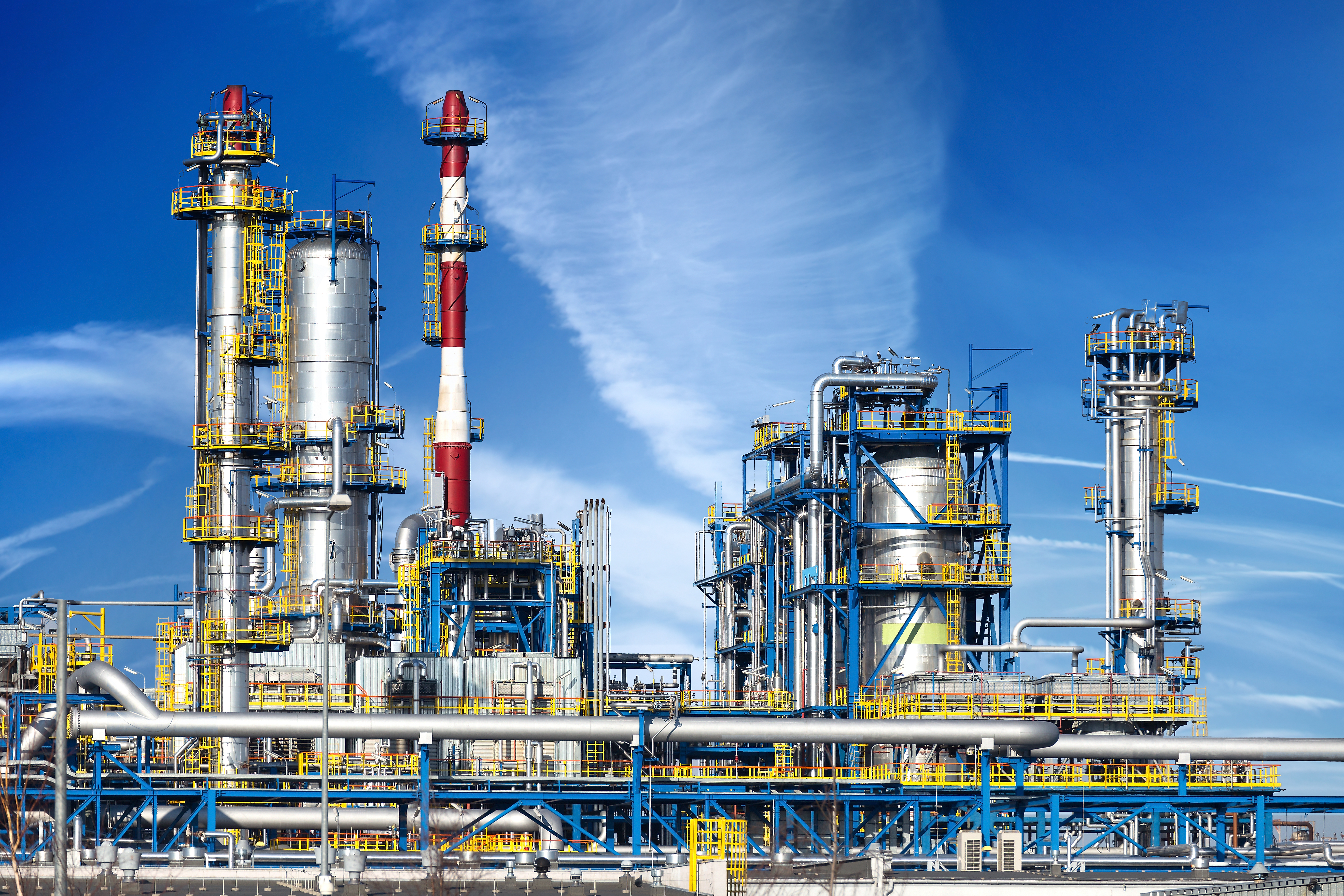
Refiners have seen cause for growing optimism in the past few months, especially those in the U.S. Gulf Coast, Rockies, and the Midwest. Three factors are driving prospects of a renewal after nearly five difficult years:
1. Supply rationalization: Nearly 4.5 million barrels per day of refining capacity has disappeared in the past five years. Nearly three-fourths of this capacity was in the Atlantic Basin, which has been particularly distressed because of a disproportionate demand collapse, high crude oil costs led by Brent, and middling conversion complexity. As a consequence, there is less oversupply improving industry prospects.
2. Demand stabilization: North American and European demand are not yet stories to write home about but emerging economies are doing better and the U.S. has become a net exporter primarily to South America, whose fuel demand is growing at nearly 3% annually but has domestic refineries poor operational records. The bulk of these exports are diesel followed by gasoline at a distant second. Contrary to popular perception, U.S. is still a net gasoline importer if one includes blend stocks but the volume has dropped from the traditional one million barrels to about 200,000 barrels per day.
A more promising story — especially from a margin viewpoint — is that of product mix. Diesel demand has historically grown at 50% more than that of gasoline but margins for diesel have been twice that of gasoline. A number of factors on the transportation fleet side suggest these trends to continue for several years.
3. Cost relief: Low prices for natural gas — used by refineries as fuel and feedstock for hydrogen — have helped reduce operating costs and improve competitiveness. Discounted West Texas Intermediate (WTI) and Louisiana Light Sweet (LLS) crude oils — due to inadequate pipeline capacities — have also helped. Finally, ethanol prices are looking better for refiners who have also figured out how to comply with the Renewable Fuel Standards at the lowest cost possible.
These are still early days and a number of things can go wrong. A good case in point is Motiva whose operational problems — more than half of the Shell-Saudi Aramco JV refinery may be down for more than an year due to corrosion issues — mar a $10 billion-upgrade completed recently. Successfully exploiting this cycle — if we can call it a cycle — will, therefore, require operational excellence, capital discipline, and some luck.



















